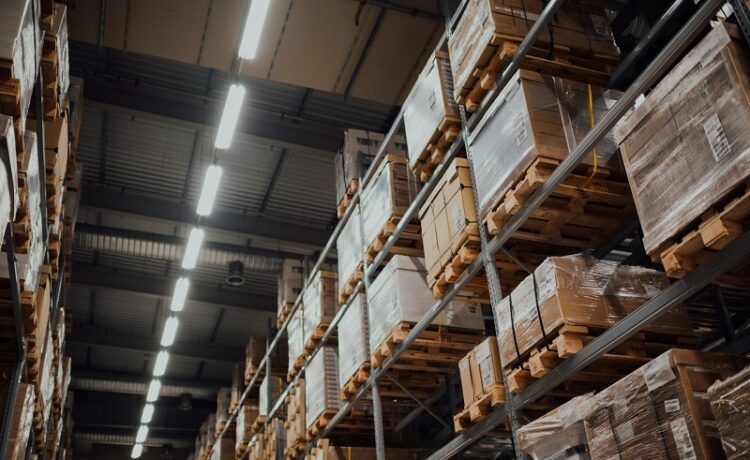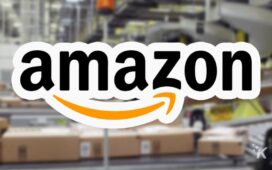In today’s increasingly interconnected world, global supply chains are the lifeblood of commerce. Yet, as the complexity and demands of these networks grow, so does the urgency for modernization. Technology promises to transform how businesses forecast demand, manage inventory, and track goods in real-time. However, despite the clear benefits, many organizations continue to struggle with adopting new technologies across their supply chains. Understanding and overcoming the barriers to tech adoption is critical to staying competitive and resilient in a fast-evolving marketplace.
The Complexity of Integration
One of the most significant hurdles in adopting new technologies in global supply chains is integration. Supply chains often span multiple countries, involve diverse stakeholders, and rely on legacy systems that are outdated but deeply entrenched. Introducing new tools—whether it’s blockchain for traceability or artificial intelligence for demand forecasting—can be disruptive if not implemented carefully.
Successful integration requires compatibility with existing platforms and collaboration across departments and regions. Many companies lack the internal IT capabilities or resources to handle this complexity on their own. That’s where third-party providers specializing in supply chain services and solutions can provide immense value. These firms offer tailored strategies and support that simplify integration while ensuring minimal disruption to ongoing operations.
High Upfront Costs and Unclear ROI
Another common obstacle is the high initial investment required for cutting-edge technologies. Robotics, advanced analytics platforms, and IoT sensors may offer long-term gains in efficiency and transparency, but the upfront costs can be daunting. For small and medium-sized enterprises (SMEs), especially, allocating capital to digital transformation can feel risky without a guaranteed return on investment.
To address this challenge, companies can start small, implementing pilot programs that demonstrate measurable outcomes. For example, rather than fully automating a warehouse, a business might begin by installing IoT devices on a select group of machines to monitor performance. Once the benefits are clear, scaling becomes a more justifiable and less risky proposition.
Resistance to Change
Organizational culture plays a pivotal role in the adoption of new technologies. Employees may resist change due to fear of job displacement, lack of training, or general skepticism about the new systems’ effectiveness. This resistance can slow down or even derail digital transformation efforts.
Leadership must actively manage this transition by fostering a culture that embraces innovation. Transparent communication about the reasons for change, the expected benefits, and the long-term vision helps build trust. Providing adequate training and support ensures that employees feel empowered rather than threatened by new tools. When teams are included in the transformation process, they’re more likely to become advocates rather than adversaries.
Regulatory and Data Privacy Concerns
Cross-border data sharing is essential for real-time tracking and decision-making in global supply chains. However, differing data privacy regulations across countries can complicate tech deployment. Companies must navigate complex legal environments and ensure compliance with laws like the EU’s General Data Protection Regulation (GDPR) and other local mandates.
To mitigate these risks, organizations need to establish clear data governance frameworks and work with partners who understand regional regulatory landscapes. Encryption, secure data storage, and ethical data handling practices are not just legal requirements—they are also vital for building trust with partners and customers.
The Path Forward
Overcoming these barriers is not just about adopting new tools; it’s about adopting a new mindset. The most successful organizations treat technology not as a one-time upgrade, but as a continuous journey. They invest in the people, processes, and partnerships necessary to support this evolution.
As global supply chains continue to face disruptions from geopolitical tensions, climate events, and shifting consumer expectations, the need for resilience and agility has never been greater. By strategically addressing the challenges of integration, cost, culture, and compliance, companies can unlock the full potential of technology to streamline operations and drive innovation across their networks.
In the end, embracing technology is not just a competitive advantage—it’s a necessity for survival in the modern supply chain landscape.












